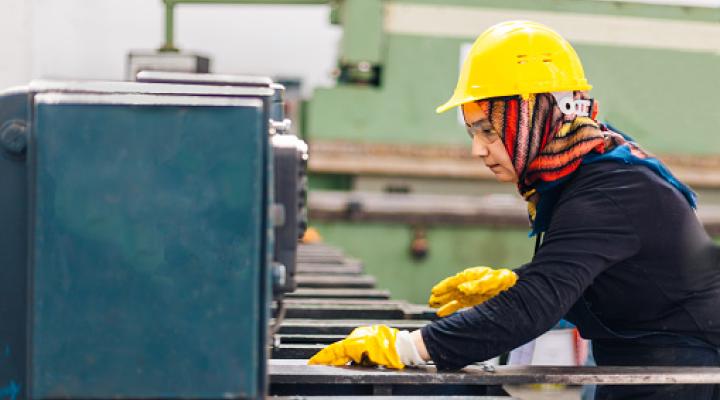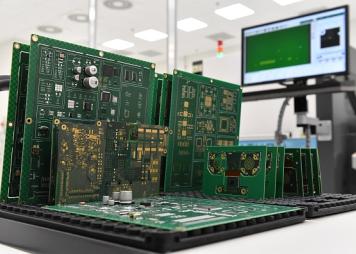The STEM Need For Immigrants

Caused by a global shortage of microchips, which are a critical element for digital devices used in our everyday lives across industries. So much so that a 1,000-acre field in Columbus, Ohio, will be developed over the next three years to become two Intel-operated chip facilities worth $20 billion.
This is a valuable opportunity for the U.S. to further develop its manufacturing businesses and cut dependence on foreign countries not producing the chips or altering their production capabilities.
The potential for this plan to function as intended will depend on one key resource: workers. Specifically, STEM-educated employees which the U.S. lacks in the thousands.
“For high-tech industry in general the workforce is a huge problem,” said Julia Phillips, a member of the National Science Board. “From electrical engineering to computer science, the U.S. currently does not produce enough doctorates and master’s degrees in the science, technology, engineering and math fields who can go on to work in U.S.-based microchip plants.”
U.S. Government Concerned with Worker Shortage
This is a growing concern across party lines, especially since the U.S. now produces fewer native-born recipients of advanced STEM degrees than most of its international rivals. And what are these chips needed for? Everything from life-saving medical devices, weaponry for our country’s defense, and your cellphone.
The current manufacturing capabilities have also decreased through the ages in the U.S.
“While chips are still largely designed in America, its capacity to produce them has declined precipitously. Only 12 percent of the world’s microchip production takes place in the U.S., down from 37 percent in 1990,” the Semiconductor Industry Association 2021 report found.
Essentially, the U.S. will need to welcome more immigrant laborers who have degrees or work experience in STEM fields from their home countries or are immigrant students who can stay in the country to work in these fields.
“We’re going to need a STEM workforce,” admitted Jon Husted, Ohio’s Republican lieutenant governor.
Preparing for a Growing Need for Wokers
A National Science Board estimate from earlier this year shows a steadily rising proportion of foreign-born students with advanced STEM skills. That’s especially true for degrees crucial to the chip industry — nearly 60 percent of computer science Ph.D.s are foreign born, as are more than 50 percent of engineering doctorates.
OPA is ready to support qualified immigrants complete their residency or citizenship process shall the opportunity for STEM workers arise. We recognize immigrants have been, and are, the backbone of America- especially through each industrial revolution.
As European countries and our Northern neighbor, Canada, incentivize paths to residency or citizenship for immigrants to study in the STEM fields and stay to work for the industry, an improved path for immigrants to do the same in the U.S. is desperately needed.
Current citizens can do their part by investing in citizenship to help fill one of these necessary vacancies that will benefit the country as a whole.



